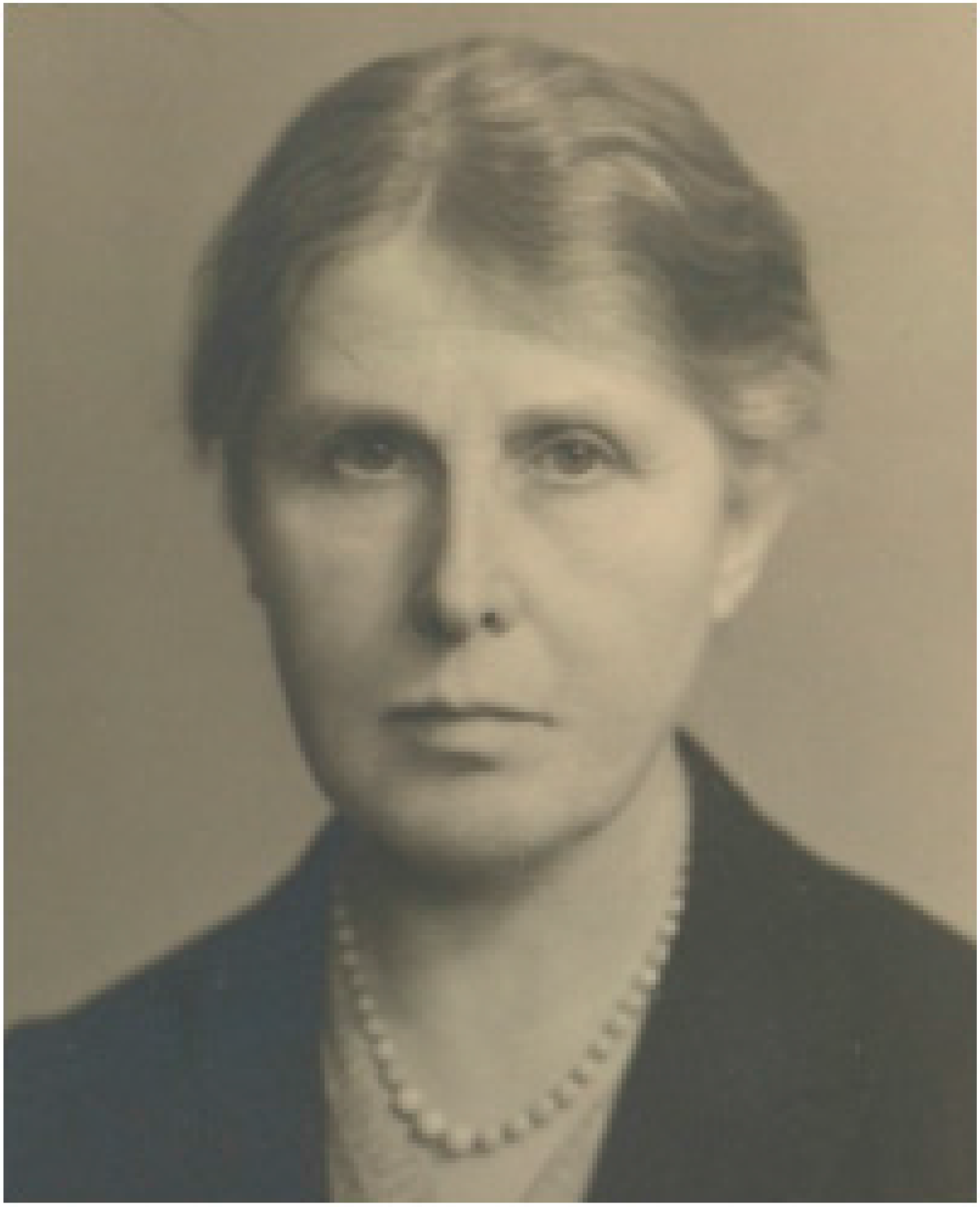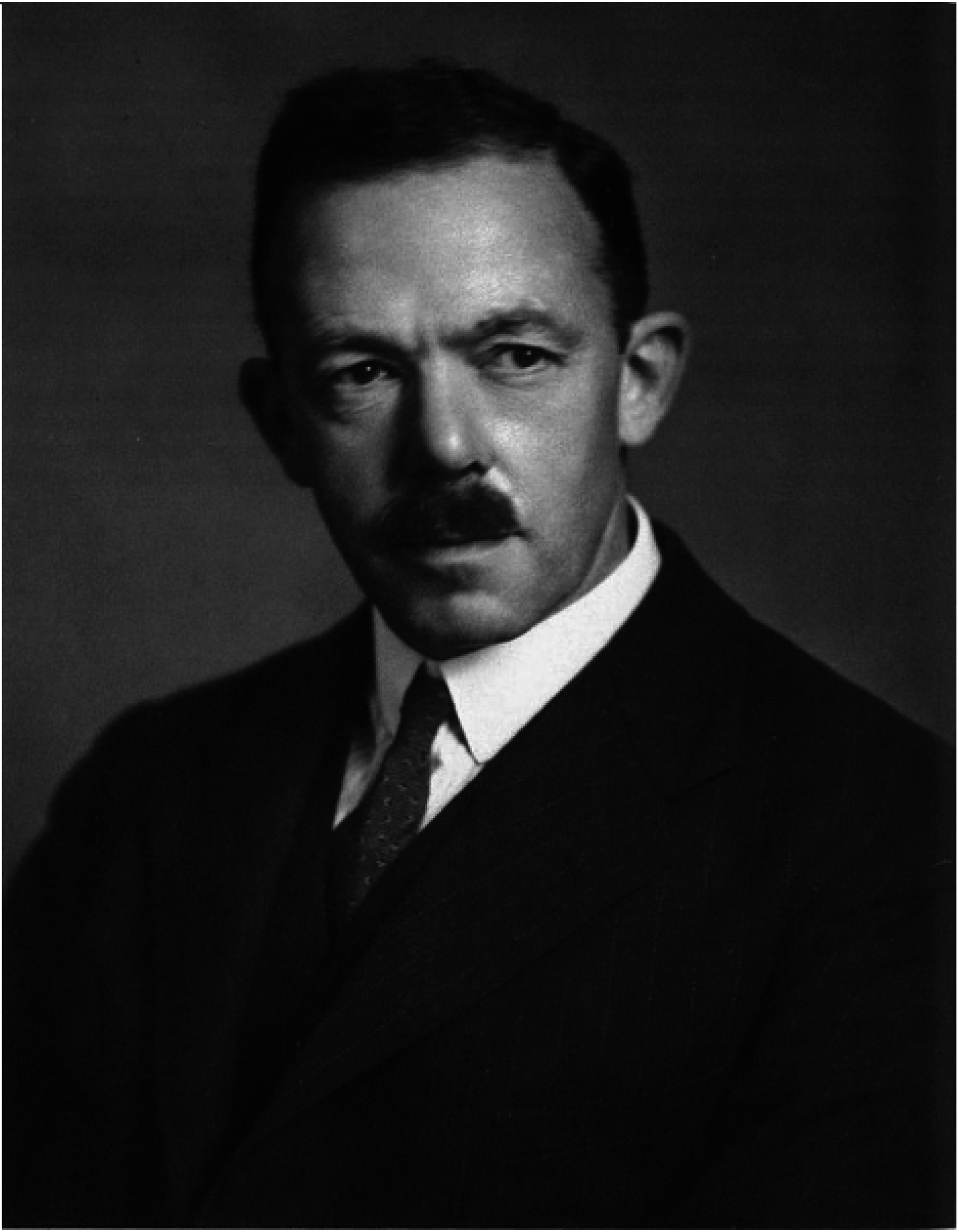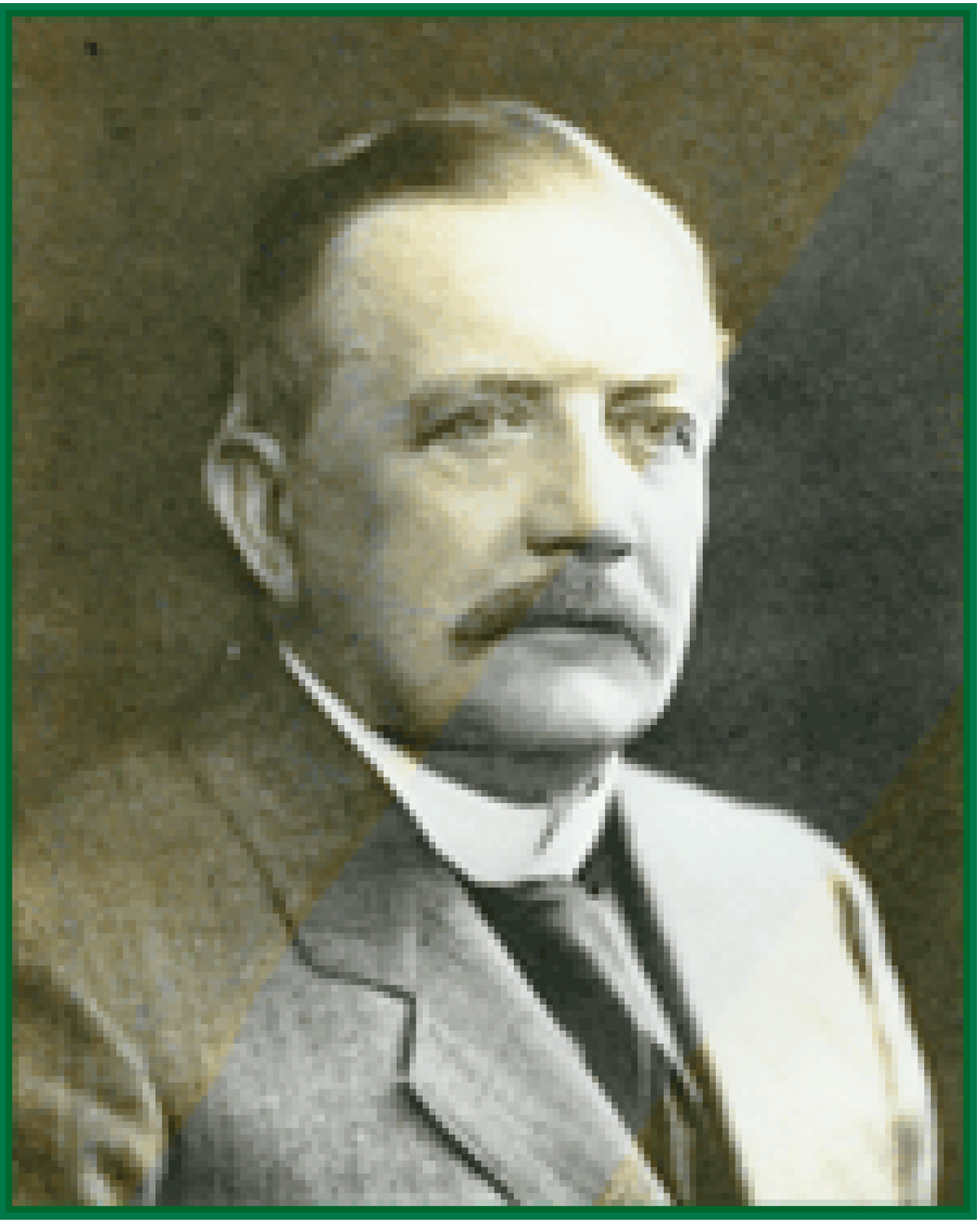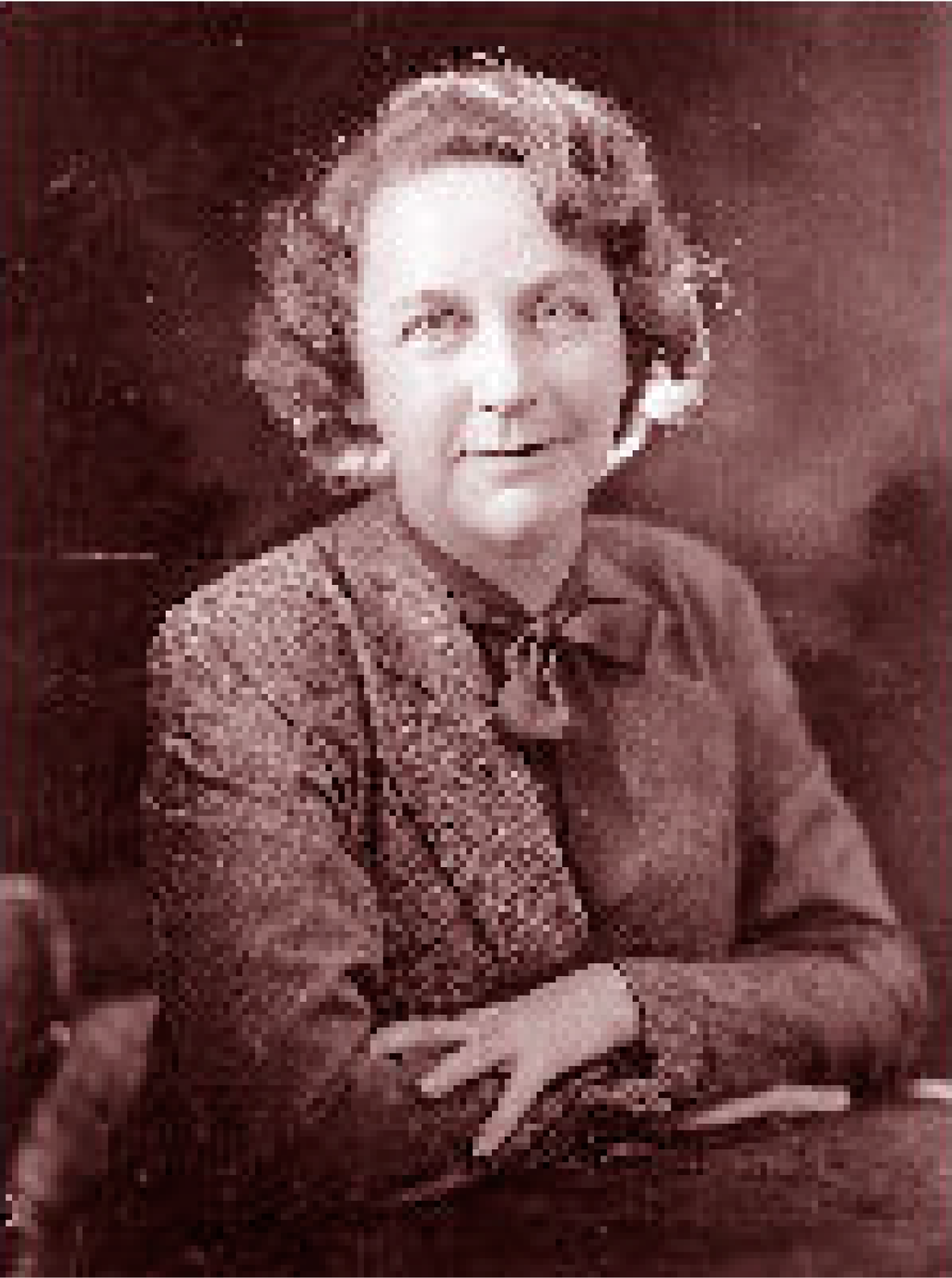The Emergence of the Dose–Response Concept in Biology and Medicine
Abstract
:1. Introduction
2. The Birth of Dose Response Modernity
3. The Forgotten Dose–Response Model: Biphasic Dose Response
3.1. Hugo Schulz: The Discovery of Hormesis
3.2. Generalizing the Biphasic Dose Response
3.3. Debates over Acceptance and Biological Meaning
Acknowledgments
Conflicts of Interest
Abbreviations
| LNT | Linear non-threshold |
| LD50 | Lethal dose 50 |
References
- Calabrese, E.J. Model uncertainty via the integration of hormesis and LNT as the default in cancer risk assessment. Dose-Response 2015, 13, 1–5. [Google Scholar] [CrossRef] [PubMed]
- Koch, R. Ueber desinfection. Mitt. Kais. Gesundh. 1881, 1, 234–282. [Google Scholar]
- Chick, H. An investigation of the laws of disinfection. J. Hyg. 1908, 8, 92–158. [Google Scholar] [CrossRef] [PubMed]
- Kronig, B.; Paul, T. Die chemischen grudlagen der lehre von der ciftwirkung und disinfection. Z. Hyg. Infect. 1897, 25, 1–112. [Google Scholar]
- Madsen, T.; Nyman, M. Zur theories der desinfektion I. Z. Hyg. Infect. 1907, 57, 388–404. [Google Scholar] [CrossRef]
- Blau, M.; Altenburger, K. Uber einige wirkungen von strahlen II. Z. Phys. 1922, 12, 315–329. [Google Scholar] [CrossRef]
- Crowther, J.A. The action of X-rays on Colpidium colpoda. Proc. R. Soc. Lond. B 1926, 100, 390–404. [Google Scholar] [CrossRef]
- Holweek, F.; Lacassagne, A. Sur le mecanisme de l′action cytogaustique des radiations. Comp. Rendus Soc. Biol. Paris 1930, 103, 766–768. [Google Scholar]
- Wyckoff, R.W.G. The killing of certain bacteria by X-rays. J. Exp. Med. 1930, 52, 435–447. [Google Scholar] [CrossRef] [PubMed]
- Pugsley, A.T.; Oddie, T.H.; Eddy, C.E. The action of X-rays on certain bacteria. Proc. R. Soc. Lond. B 1935, 118, 276–298. [Google Scholar] [CrossRef]
- Muller, H.J. The Problem of Genic Modification. In Zeitschrift fur Inductive Abstammungs und Vererbungslehre Suppl Band; Verhandlungen des V Internationalen Kongresses fur Vererbungswissenschaft: Berlin, Germany, 1928; pp. 234–260. [Google Scholar]
- Timoféeff-Ressovsky, N.W.; Zimmer, K.G.; Delbruck, M. Uber die natur der genmutation und der genstruktur, nachrichten von der gesellschaft der wissenschaften zu gottingen: Mathematische-physikalische klass, fachgruppe VI. Biologie 1935, 1, 189–245, (English translation: On the nature of gene mutation and gene structure. In Creating a Physical Biology. The Three-Man Paper and Early Molecular Biology; Sloan, P.R., Fogel, B., Eds.; The University Press of Chicago: Chicago, IL, USA, 2011). [Google Scholar]
- Calabrese, E.J. On the origins of the linear no-threshold (LNT) dogma by means of untruths, artful dodges and blind faith. Environ. Res. 2015, 142, 432–442. [Google Scholar] [CrossRef] [PubMed]
- Packard, C. The biological effects of short radiation. Quart Rev. Biol. 1931, 6, 253–280. [Google Scholar] [CrossRef]
- Clark, A.J. Handbook of Experimental Pharmacology; Springer: Berlin, Germany, 1937. [Google Scholar]
- Nutrition and Food History. Available online: http://nutritionhistory.org/wp-content/uploads/2013/01/Chick-Harriette-photo.jpg (accessed on 12 September 2016).
- Arrhenius, S. Quantitative Laws in Biological Chemistry; Bell & Sons Ltd.: London, UK, 1915. [Google Scholar]
- Eijkman, C. Die ueberlebungskurve bei abstotung der bakterien durch hitze. Biochem. Z. 1908, 11, 12–20. [Google Scholar]
- Hewlett, R.T. The milroy lectures of disinfection and disinfectants. Lancet 1909, 13, 20–27. [Google Scholar]
- Reichel, H. Zur theorie der desinfektion I, II, and III. Biochem. Z. 1909, 22, 149–201. [Google Scholar]
- Loeb, J.; Northrop, J.H. On the influence of food and temperature upon the duration of life. J. Biol. Chem. 1917, 32, 103–121. [Google Scholar]
- Brooks, S.C. A theory of the mechanism of disinfection, hemolysis and similar processes. J. Gen. Phys. 1918, 1, 61–80. [Google Scholar] [CrossRef]
- Peters, R.A. Variation in the resistance of protozoon organisms to toxic agents. J. Physiol. 1920, 54, 260–266. [Google Scholar] [CrossRef] [PubMed]
- Smith, J.H. The killing of Botrytis spores by phenol. Ann. Appl. Biol. 1921, 8, 27–50. [Google Scholar] [CrossRef]
- Smith, J.H. The killing of Botrytis cinerea by heat, with a note on the determination of temperature coefficients. Ann. Appl. Biol. 1923, 10, 335–347. [Google Scholar] [CrossRef]
- Shackell, L.F. The relation of dosage to effect II. J. Pharmacol. Exp. Ther. 1925, 25, 275–288. [Google Scholar]
- Shackell, L.F.; Williamson, W.; Deitchman, M.M.; Katzman, G.M.; Kleinman, B.S. The relation of dosage to effect. J. Pharmacol. Exp. Ther. 1924, 24, 53–65. [Google Scholar]
- Buchanan, R.E.; Fulmer, E.I. Physiology and Biochemistry of Bacteria. Effects of Environment upon Microorganisms; The Williams and Wilkins Co.: Baltimore, MD, USA, 1930. [Google Scholar]
- Clark, A.J. General principles of drug action. In Applied Pharmacology, 6th ed.; J&A Churchill Ltd.: London, UK, 1938. [Google Scholar]
- Clark, A.J. Individual variation in populations, Chapter VII. In The Mode of Action of Drugs on Cells; Williams and Wilkins Co.: Baltimore, MD, USA, 1933. [Google Scholar]
- Trevan, J.W. The error of determination of toxicity. Proc. R. Soc. Lond. B 1927, 101, 483–514. [Google Scholar] [CrossRef]
- Bliss, C.I. Estimating the dosage-mortality curve. J. Econ. Entom. 1935, 25, 646–647. [Google Scholar]
- Bliss, C.I. The calculation of the dosage-mortality curve. Ann. Appl. Biol. 1935, 22, 134–167. [Google Scholar] [CrossRef]
- Bliss, C.I. The comparison of dosage-mortality data. Ann. Appl. Biol. 1935, 22, 307–333. [Google Scholar] [CrossRef]
- Bliss, C.T. The toxicity of poisons applied jointly. Ann. Appl. Biol. 1939, 26, 585–615. [Google Scholar] [CrossRef]
- Bliss, C.I. The relation between exposure time, concentration and toxicity in experiments on insecticides. Ann. Entomol. Soc. Am. 1940, 33, 721–766. [Google Scholar] [CrossRef]
- Bliss, C.I. Biometry in the service of biological assay. Ind. Eng. Chem. 1941, 13, 84–88. [Google Scholar] [CrossRef]
- Bliss, C.I. The calculation of microbial assays. Bacteriol. Rev. 1956, 20, 243–258. [Google Scholar] [PubMed]
- Bliss, C.I. Some principles of bioassay. Am. Sci. 1957, 45, 449–466. [Google Scholar]
- Bliss, C.I.; Cattell, M. Biological assay. Ann. Rev. Phys. 1943, 5, 479–539. [Google Scholar] [CrossRef]
- Bliss, C.I.; Packard, C. Stability of the standard dosage-effect curve for radiation. Am. J. Roentgenol. Radium Ther. 1941, 46, 400–404. [Google Scholar]
- Gaddum, J.H. Lognormal distributions. Nature 1945, 156, 463–466. [Google Scholar] [CrossRef]
- Gaddum, J.H. Bioassays and mathematics. Pharmacol. Rev. 1953, 5, 87–134. [Google Scholar] [PubMed]
- Finney, D.J. The application of the probit method to toxicity test data adjusted for mortality in the controls. Ann. Appl. Biol. 1944, 31, 68–74. [Google Scholar] [CrossRef]
- Finney, D.J. The choice of a response metameter in bio-assay. Biometrics 1949, 5, 261–272. [Google Scholar] [CrossRef] [PubMed]
- Finney, D.J. Probit Analysis, a Statistical Treatment of the Sigmoid Response Curve, 2nd ed.; Cambridge University Press: London, UK, 1952. [Google Scholar]
- Bryan, W.R.; Shimkin, M.B. Quantitative analysis of dose-response data obtained with carcinogenic hydrocarbons. J. Natl. Cancer Inst. 1940, 1, 807–833. [Google Scholar]
- Mantel, N.; Bryan, W.R. “Safety” testing of carcinogenic agents. J. Natl. Cancer Inst. 1961, 27, 455–470. [Google Scholar] [PubMed]
- Reed, L.J.; Berkson, J. The application of the logistic function to experimental data. J. Phys. Chem. 1929, 33, 760–779. [Google Scholar] [CrossRef]
- Berkson, J. Application of the logistic function to bio-assay. J. Am. Stat. Assoc. 1944, 39, 357–365. [Google Scholar]
- Berkson, J. Why I prefer logics to probate. Biometrics 1951, 7, 329–339. [Google Scholar] [CrossRef]
- Emmens, C.W. The dose/response relation for certain principles of the pituitary gland, and of the serum and urine of pregnancy. J. Endocrinol. 1940/1941, 2, 194–225. [Google Scholar] [CrossRef]
- Yule, G.U. On the distribution of deaths with age when the causes of death act cumulatively, and similar frequency distributions. J. R. Stat. Soc. 1910, 73, 26–38. [Google Scholar] [CrossRef]
- Clark, D.H. Alfred Joseph Clark (1885–1941): A Memoir; C & J Clark Ltd.: Glastonbury, UK, 1985; p. 61. [Google Scholar]
- Dose-Response. Available online: http://-dose-response.org/category/historical-figures/ (accessed on 12 September 2016).
- Crump, T.; Schulz, H. NIH-98–134: Contemporary medicine as presented by its practitioners themselves. Nonlinearity Biol. Toxicol. Med. 2003, 1, 295–318. [Google Scholar]
- Hueppe, F. Principles of Bacteriology; Jordon, E.O., Translator; The Open Court Publishing Company: Chicago, IL, USA, 1896. [Google Scholar]
- Bloedau, C.V. Veratrine used to treat Cholera nostras. Gen. Med. Center 1884, 93, 1362. [Google Scholar]
- Coulter, H.L. Homeopathic Medicine; Formur: St. Louis, MO, USA, 1972. [Google Scholar]
- Coulter, H.L. BT Divided Legacy: The Conflict between Homeopathy and the American Medical Association; North Atlantic Books: Richmond, CA, USA, 1982. [Google Scholar]
- Calabrese, E.J. Historical blunders: How toxicology got the dose-response relationship half right. Cell. Mol. Biol. 2005, 51, 643–654. [Google Scholar] [PubMed]
- Bohme, H. Hugo Schulz (8/6/1853–7/13/1932), His Life and Work. Doctoral Thesis, Freien University of Berlin, Berlin, Germany, 1986. [Google Scholar]
- Calabrese, E.J.; Baldwin, L.A. Chemical hormesis: Its historical foundations as a biological hypothesis. Hum. Exp. Toxicol. 2000, 19, 2–31. [Google Scholar] [CrossRef] [PubMed]
- Calabrese, E.J.; Baldwin, L.A. The marginalization of hormesis. Hum. Exp. Toxicol. 2000, 19, 32–40. [Google Scholar] [CrossRef] [PubMed]
- Calabrese, E.J.; Baldwin, L.A. Radiation hormesis: Its historical foundations as a biological hypothesis. Hum. Exp. Toxicol. 2000, 19, 41–75. [Google Scholar] [CrossRef] [PubMed]
- Calabrese, E.J.; Baldwin, L.A. Radiation hormesis: The demise of a legitimate hypothesis. Hum. Exp. Toxicol. 2000, 19, 76–84. [Google Scholar] [CrossRef] [PubMed]
- Calabrese, E.J.; Baldwin, L.A. Tales of two similar hypotheses: The risk and fall of chemical and radiation hormesis. Hum. Exp. Toxicol. 2000, 19, 85–97. [Google Scholar] [CrossRef] [PubMed]
- Wels, P. The life time work of Hugo Schulz. Naun.-Schm. Arch. Exp. Pathol. Pharmacol. 1933, 170, 744–757. [Google Scholar] [CrossRef]
- Hoffman, G. Experimentalle Untersuchungen uber die Wirkung der Aneisensaure. Inaugural Dissertation, Greifswald University, Greifswald, Germany, 1884. [Google Scholar]
- Thol, W. Ueber den Einfluss organischer, nichte aromatischer Sauren auf Gahrung und Faulnis. Inaugural Dissertation, Greifswald University, Greifswald, Germany, 1885. [Google Scholar]
- Gottbrecht, C. Experimentalle Untersucheunge. Doctoral Dissertation, Greifswald University, Greifswald, Germany, 1886. [Google Scholar]
- Hofmann, P. Ueber die Gultigkeit des Arndt-Schulzschen biologischen Grundgesetzes bei der Wirkung von Bakteriengiften. Inaugural Dissertation, Translated from the German by University of Massachusetts Translation Service, Munchen, Germany, 1922. [Google Scholar]
- Niethammer, A. The stimulation effect of toxins on fungus and the Arndt-Schulz axion. Biochem. Z. 1927, 184, 370–382. [Google Scholar]
- Hotchkiss, M. The Influence of Various Salts upon the Growth of Bacterium Communis. Ph.D. Dissertation, Yale University, New Haven, CT, USA, 1923. [Google Scholar]
- Hotchkiss, M. Studies on salt action. VI. The stimulating and inhibitive effect of certain cations upon bacteria growth. J. Bacteriol. 1923, 8, 141–162. [Google Scholar] [PubMed]
- Salle, A.J. Influence of environment upon bacteria. In Fundamental Principles of Bacteriology with Laboratory Exercises; McGraw-Hill Book Co., Inc.: New York, NY, USA, 1939. [Google Scholar]
- Clifton, C.E. Death of bacteria. In Introduction to Bacterial Physiology; McGraw-Hill Book Company Inc.: New York, NY, USA, 1957. [Google Scholar]
- Lamanna, C.; Mallette, M.F. Basic Bacteriology Its Biological and Chemical Background, 3rd ed.; The Williams & Wilkins Company: Baltimore, MD, USA, 1965. [Google Scholar]
- Lipman, C.B.; Wilson, F.H. Toxic inorganic salts and acids as affecting plant growth. Bot. Gaz. 1913, 55, 409–420. [Google Scholar]
- Greaves, J.E. The influence of arsenic upon the biological transformation of nitrogen in soils. Biochem. Bull. 1913, 3, 2–16. [Google Scholar]
- Greaves, J.E. Stimulating influence of arsenic upon the nitrogen-fixing organisms of the soil. J. Agric. Res. 1913, 6, 389–416. [Google Scholar]
- Greaves, J.E.; Carter, E.G. Influence of sodium arsenite on microflora of soil. Bot. Gaz. 1924, 77, 63–72. [Google Scholar] [CrossRef]
- Stoklasa, J.; Penkava, J. Biologie des uraniums. Biochem. Z. 1928, 194, 15–77. [Google Scholar]
- Calabrese, E.J. Another California Milestone: The first application of hormesis in litigation and regulation. Int. J. Toxicol. 2008, 27, 31–33. [Google Scholar] [CrossRef] [PubMed]
- Branham, S.E. The effects of certain chemical compounds upon the course of gas production by Baker′s yeast. J. Bacteriol. 1929, 18, 247–284. [Google Scholar] [PubMed]
- Smith, E.C. Effects of ultra-violet radiation and temperature on fusarium II stimulation. Bull. Torrey Bot. Club 1935, 62, 151–164. [Google Scholar] [CrossRef]
- Calabrese, E.J.; Baldwin, L.A. The hormetic dose–response model is more common than the threshold model in toxicology. Toxicol. Sci. 2003, 71, 246–250. [Google Scholar] [CrossRef] [PubMed]
- Georgia Women of Achievement, Inc., LaGrange, GA. Available online: www.georgiawomen.org/_honorees/matthewss/index.html (accessed on 12 September 2016).
- Josephs, I. Professor Doctor Guido L. Ed. Holz-Knecht. Radiology 1931, 17, 1316–1318. [Google Scholar] [CrossRef]
- Warren, S. The histopathology of radiation lesions. Physiol. Rev. 1945, 25, 225–238. [Google Scholar]
- Calabrese, E.J. Hormesis: Why it is important to toxicology and toxicologists. Environ. Toxicol. Chem. 2008, 27, 1451–1474. [Google Scholar] [CrossRef] [PubMed]
- Stebbing, A.R.D. Hormesis—The stimulation of growth by low-levels of inhibitors. Sci. Total Environ. 1982, 22, 213–234. [Google Scholar] [CrossRef]
- Stebbing, A.R.D. Interpreting dose–response curves using homeodynamic data: With an improved explanation for hormesis. Dose-Response 2009, 7, 221–233. [Google Scholar] [CrossRef] [PubMed]
- Marshall, M.S.; Hrenoff, A.K. Bacteriostasis. J. Infect. Dis. 1937, 61, 42–54. [Google Scholar] [CrossRef]
- Rahn, O. Physiology of Bacteria; P. Blakiston′s Son and Co.: Philadelphia, PA, USA, 1932. [Google Scholar]
- Calabrese, E.J. Toxicology rewrites its history and rethinks its future: Giving equal focus to both harmful and beneficial effects. Environ. Toxicol. Chem. 2011, 30, 2658–2673. [Google Scholar] [CrossRef] [PubMed]
- Calabrese, E.J. Getting the dose-response wrong: Why hormesis became marginalized and the threshold model accepted. Arch. Toxicol. 2009, 83, 227–247. [Google Scholar] [CrossRef] [PubMed]
- Calabrese, E.J.; Blain, R. The occurrence of hormetic dose responses in the toxicological literature, the hormesis database: An overview. Toxicol. Appl. Pharmacol. 2005, 202, 289–301. [Google Scholar] [CrossRef] [PubMed]
- Calabrese, E.J.; Blain, R.B. The hormesis database: The occurrence of hormetic dose responses in the toxicological literature. Regul. Toxicol. Pharmacol. 2011, 61, 73–81. [Google Scholar] [CrossRef] [PubMed]
- Calabrese, E.J. Paradigm lost, paradigm found: The re-emergence of hormesis as a fundamental dose response model in the toxicological sciences. Environ. Pollut. 2005, 138, 379–412. [Google Scholar] [CrossRef] [PubMed]
- Calabrese, E.J. Hormesis is central to toxicology, pharmacology and risk assessment. Hum. Exp. Toxicol. 2010, 29, 249–261. [Google Scholar] [CrossRef] [PubMed]
- Calabrese, E.J.; Shamoun, D.Y.; Hanekamp, J.C. Cancer risk assessment: Optimizing human health through linear dose-response models. Food Chem. Toxicol. 2015, 81, 137–140. [Google Scholar] [CrossRef] [PubMed]




© 2016 by the author; licensee MDPI, Basel, Switzerland. This article is an open access article distributed under the terms and conditions of the Creative Commons Attribution (CC-BY) license (http://creativecommons.org/licenses/by/4.0/).
Share and Cite
Calabrese, E.J. The Emergence of the Dose–Response Concept in Biology and Medicine. Int. J. Mol. Sci. 2016, 17, 2034. https://doi.org/10.3390/ijms17122034
Calabrese EJ. The Emergence of the Dose–Response Concept in Biology and Medicine. International Journal of Molecular Sciences. 2016; 17(12):2034. https://doi.org/10.3390/ijms17122034
Chicago/Turabian StyleCalabrese, Edward J. 2016. "The Emergence of the Dose–Response Concept in Biology and Medicine" International Journal of Molecular Sciences 17, no. 12: 2034. https://doi.org/10.3390/ijms17122034
APA StyleCalabrese, E. J. (2016). The Emergence of the Dose–Response Concept in Biology and Medicine. International Journal of Molecular Sciences, 17(12), 2034. https://doi.org/10.3390/ijms17122034




